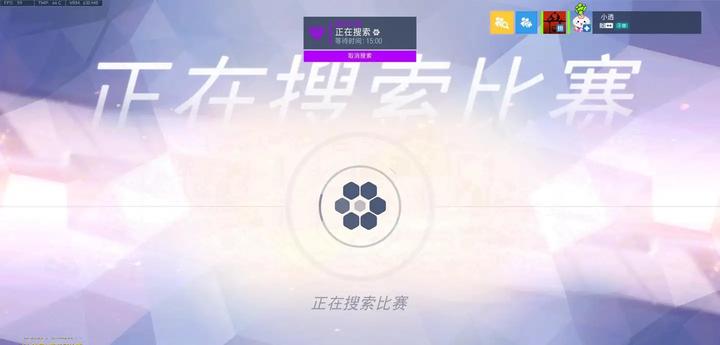Gaming Balance Disasters: A Look at Memorable Mishaps
A comprehensive exploration of infamous game balance failures that significantly impacted player experiences and game ecosystems, from MMORPGs to card games, highlighting how seemingly minor design oversights led to major gameplay disruptions.

The history of video games is punctuated by memorable balance disasters that have left lasting imprints on gaming communities. These incidents often emerge from well-intentioned design changes that produce unexpected consequences, fundamentally altering game ecosystems and player experiences.
The case of World of Warcraft’s infamous “Burning Crusade” exemplifies how a transitional patch can create unintended consequences. During this period, a simple talent tree adjustment meant to slow down gameplay instead accelerated it dramatically. The “Endless Crusade” patch, initially designed as temporary content, ended up staying active for several years on Chinese servers, creating an unprecedented imbalance where Paladins became essentially invincible, earning the nickname “The Unkillable Ultraman.”
In China’s popular mobile game Honor of Kings (王者荣耀), a character named Wu Zetian launched with abilities so overpowered that she could single-handedly determine match outcomes. Remarkably, this imbalance actually boosted the game’s popularity and revenue, leading developers to offer an unusual explanation: the character’s strength resulted from “pure patriotic feelings” in the design team.
The card game Yu-Gi-Oh! experienced a significant balance crisis with the “Tearalaments” deck, which proved so dominant that it survived multiple rounds of card bans. This situation led to a continuous power creep in card design as developers attempted to match its power level.
DOTA 2 faced its own balance challenges when developers attempted to normalize all talents by reducing them by 20%. However, the mathematical implementation created unintended consequences, such as skeleton warriors being summoned at 1.6 times the normal rate instead of the intended adjustment.
Counter-Strike: Global Offensive’s SG553 rifle balance adjustment stands out as particularly problematic. A price reduction without corresponding stat adjustments made the weapon dramatically over-powered, forcing multiple subsequent nerfs to restore competitive balance.
The Dungeon Fighter Online (DNF) “Blue Tempest” incident showcases how coding errors can create massive imbalances. A simple percentage sign mistake in damage calculation turned a minor buff into a devastating power increase, allowing players to defeat bosses instantly.
These incidents demonstrate how complex game balance can be, where small oversights or mathematical errors can cascade into major disruptions of game ecosystems. They also highlight the challenges developers face in maintaining fair and engaging gameplay while implementing new features or adjustments.
What makes these cases particularly noteworthy is their impact beyond mere gameplay mechanics - they often led to significant changes in player behavior, community dynamics, and even business models. Some games recovered through careful rebalancing, while others permanently altered their design philosophy in response to these incidents.
The legacy of these balance disasters continues to influence game design today, serving as cautionary tales for developers and fascinating case studies for players interested in game design and development.